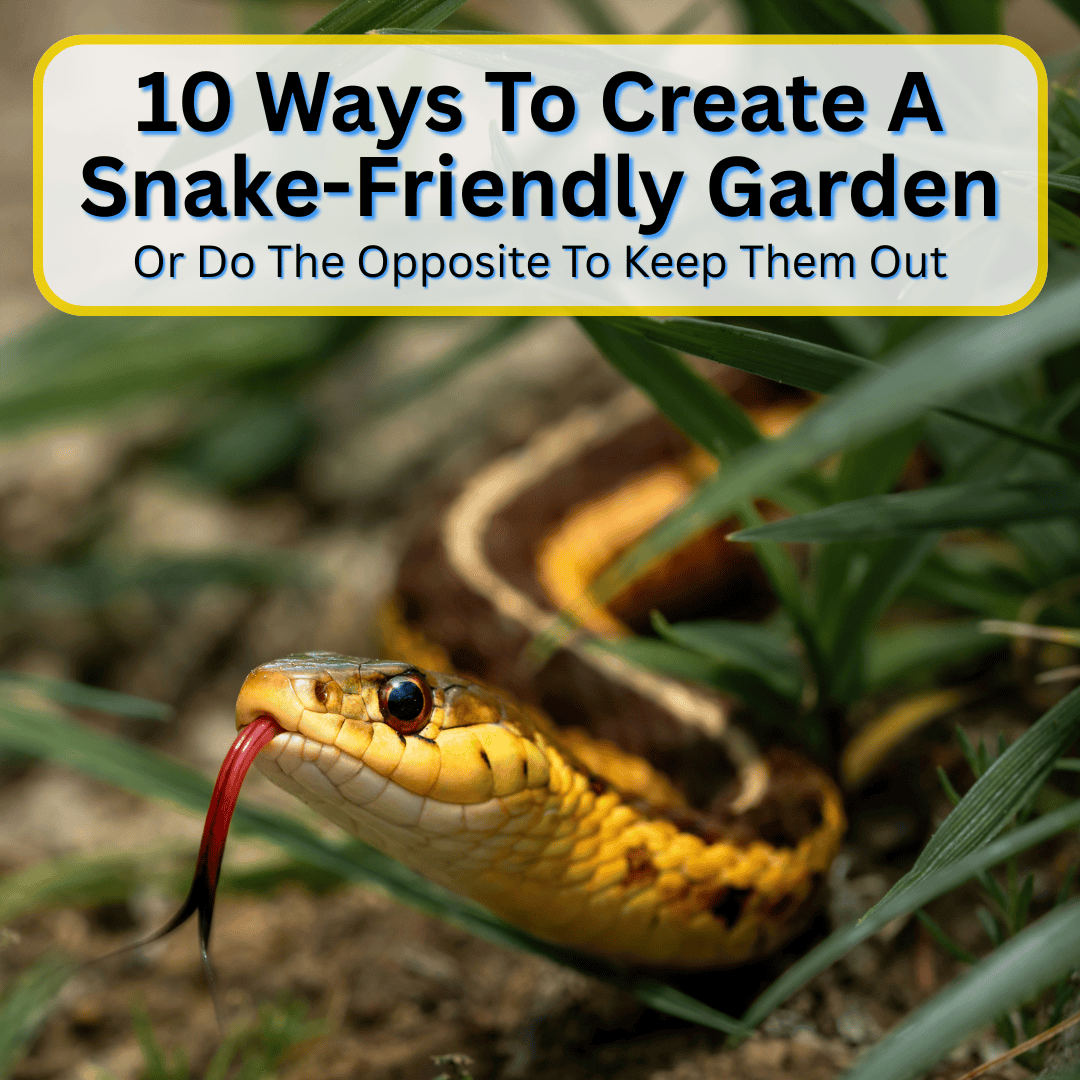
It’s understandable, but not necessary.
Most snakes are harmless to us and beneficial to our backyards.
These misunderstood creatures can make your garden a lot healthier.
Snakes gobble up rodents and insects that wreck your plants or bring disease.
If you create a snake-friendly garden, you’ll get free pest control and help local wildlife at the same time.
So let’s find out exactly how to do that. And if you do not want to see any snakes on your property, simply d the opposite of everything suggested below.
10 Ways To Create A Snake-Friendly Garden
Welcoming snakes into your yard isn’t as hard as it sounds. Just add things like rock piles, water, or native plants they like.
These simple tweaks help build a natural ecosystem where snakes can find food, water, and safe places to hide, while keeping those annoying pests out of your garden beds.
1. Provide Natural Stone Piles For Shelter
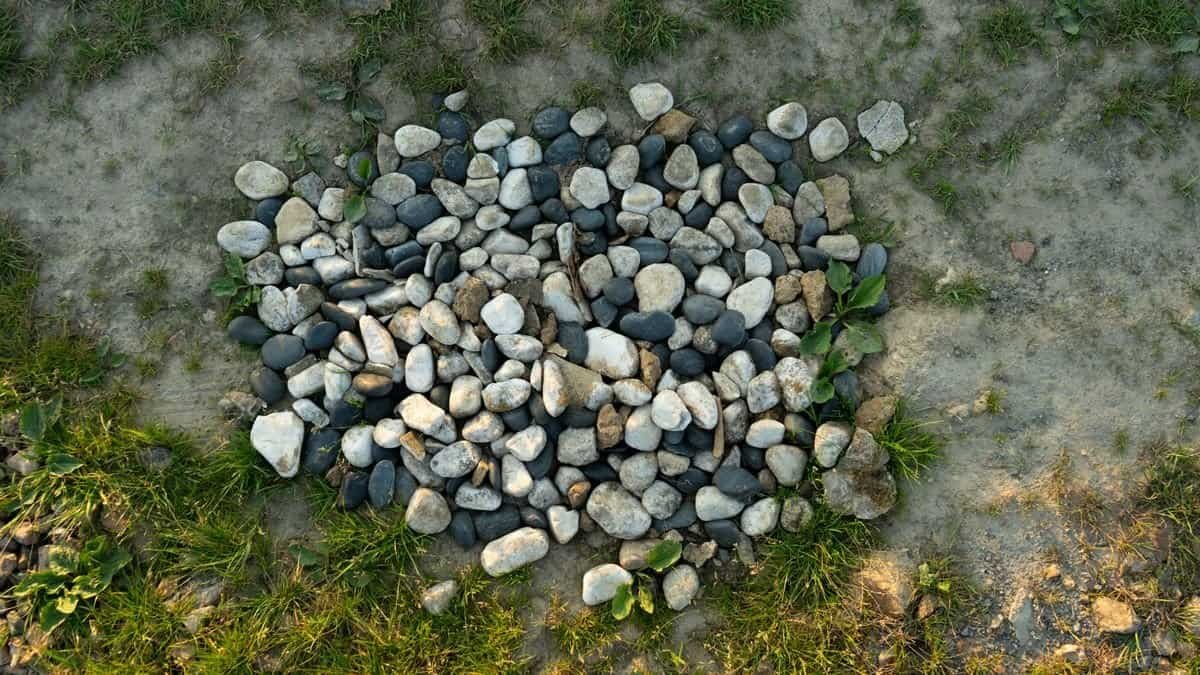
Stone piles are classic snake hideouts. You just need a mix of rocks—big, medium, and small—to make gaps and nooks. Start with the biggest rocks on the bottom, then add smaller ones on top. That way, you’ll get all sorts of little openings for snakes to slip into.
Pick a sunny spot for your pile. Snakes love to stretch out on warm rocks, especially when it’s cool outside. A pile about 3 feet wide and 2 feet high works well. No need to go overboard. Snakes aren’t picky about size.
When you stack the rocks, leave some spaces between them. Snakes need these hideouts to dodge predators and bad weather. If you can, use stones from around your area. They blend in better and feel more natural to local snake species.
And as a bonus, your rock pile will attract bugs and small critters. That’s more food for the snakes—win-win!
2. Create A Small Pond With Ramps For Water Access
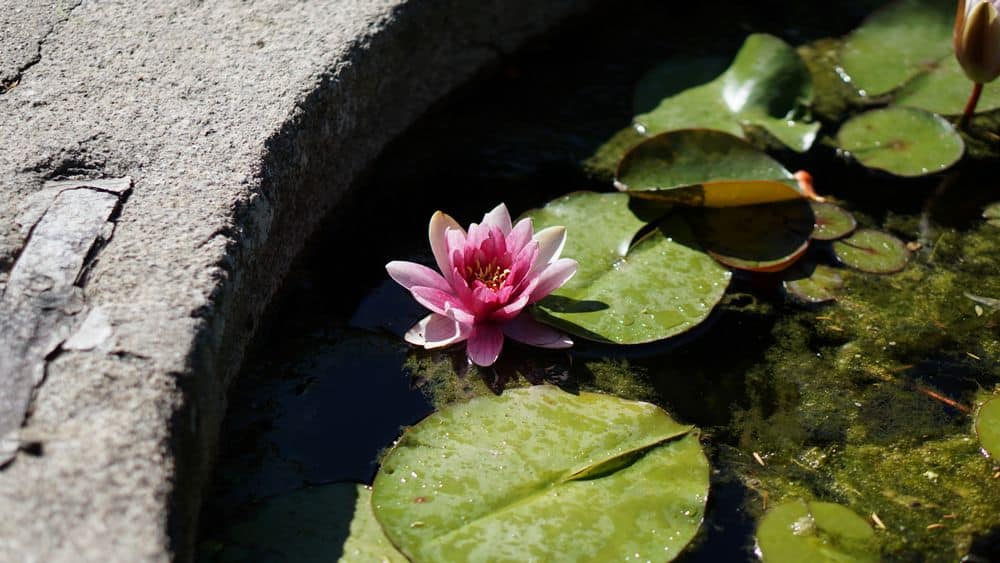
Snakes need water just like any animal. A small pond lets them drink and cool off when it’s hot. You don’t have to dig a huge pond. Even a shallow water feature does the trick for snakes and other wildlife.
Try a waterproof tub, an old sink, or just dig a small hole if you’re up for it. Include areas of different depths. Shallow spots help snakes drink without falling in.
Put in ramps—flat rocks, logs, or boards—so snakes can climb in and out. Make sure the angles aren’t too steep; snakes won’t bother with a tricky slope.
If you can, fill it with rainwater. Tap water sometimes has stuff in it that’s not great for wildlife. Add a couple of water plants. They keep things clean and give snakes places to hide. Change the water now and then. No one likes a gross pond, least of all snakes.
3. Grow Heat-Loving Plants Like Lavender And Rosemary
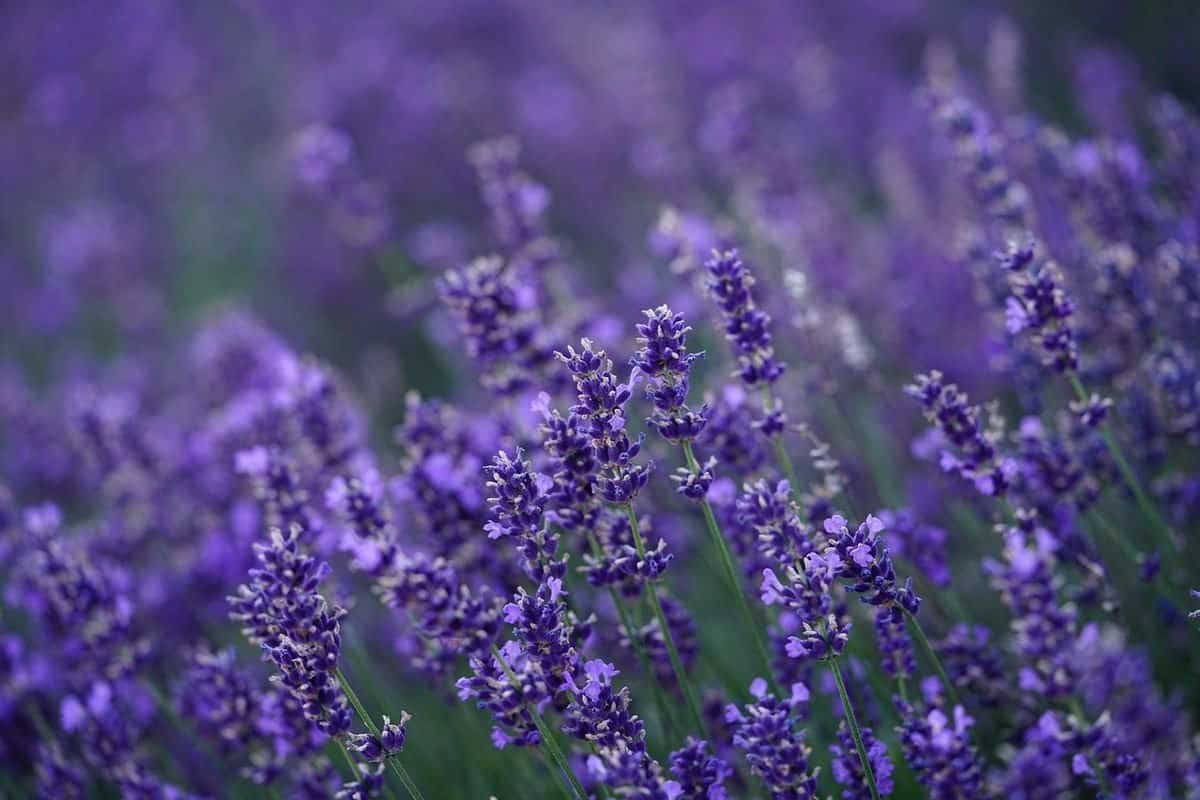
Snakes are drawn to warm, sunny places. Plants like lavender and rosemary create those cozy spots they love. Both herbs thrive in hot, dry areas—just like many snakes prefer. They need well-drained soil and lots of sun, and once they’re going, they don’t mind a bit of drought.
Lavender’s purple blooms smell fantastic and grow in thick clumps, giving little snakes plenty of cover. Rosemary stays green year-round in warmer spots. The woody stems and dense leaves make great hiding places.
These plants also attract bugs and small animals, which means more snacks for hungry snakes. You can even plant them together. They like the same conditions and don’t need much watering once established.
They’re low-maintenance, so you can spend more time adding other snake-friendly features. The strong scents don’t bother snakes. In fact, some garden snakes seem to gravitate toward these aromatic patches.
4. Avoid Using Rodent Poison To Keep Food Sources Available
Snakes rely on mice and rats for food. If you use poison, you’re cutting off their main meal ticket. Plus, if a snake eats a poisoned rodent, it can get sick or die. That’s called secondary poisoning, and it’s a real problem.
Try snap traps instead. They get rid of rodents without spreading chemicals around your yard. Seal up holes where rodents sneak into sheds or houses. Don’t leave pet food or birdseed out, either. Those just bring in more pests.
You don’t have to eliminate every mouse. A small rodent population actually helps attract snakes, which then keep things balanced. It’s better to manage rodent numbers than wipe them out. Snakes will do a lot of the work for you if you let them.
5. Maintain Thick Mulch Layers For Hiding Spots
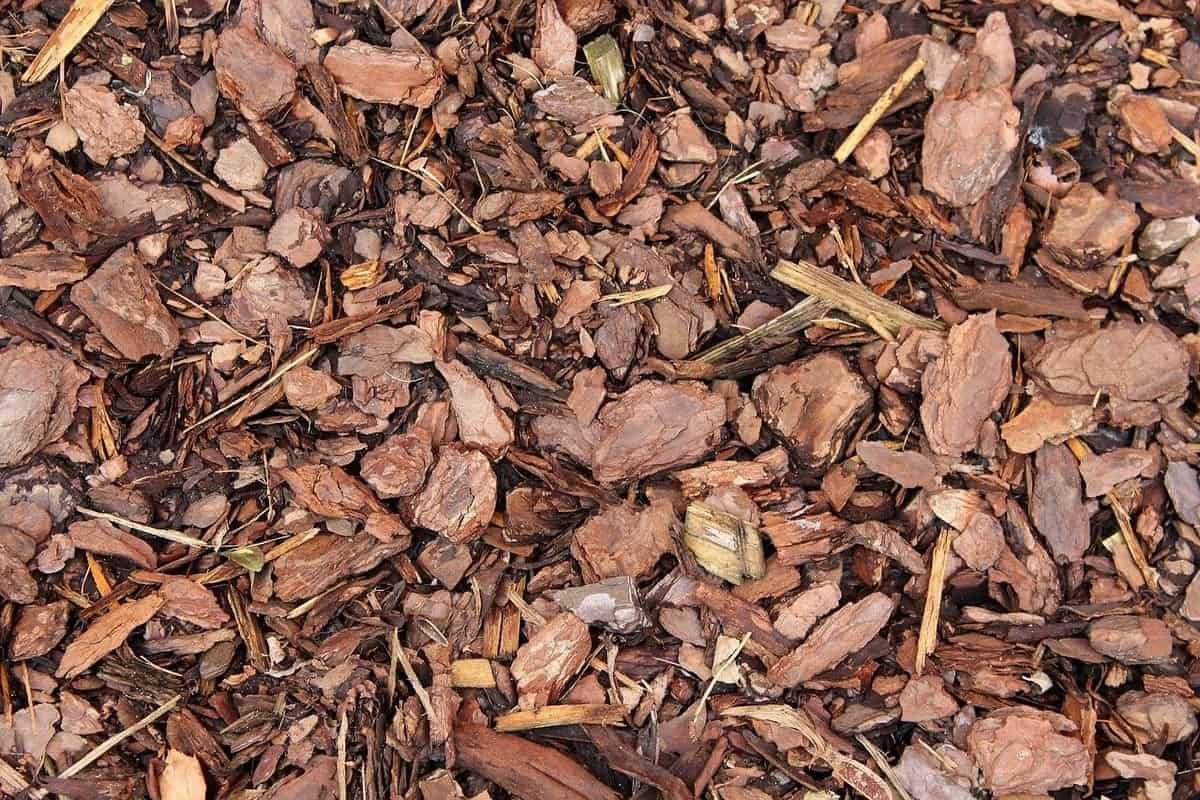
Snakes love thick mulch. Lay it down at least 3 inches deep so they have cool, damp places to hide, especially during hot spells.
Deep mulch holds moisture and attracts insects and small rodents, which are snake food staples. Wood chips, straw, or shredded bark all work well. Pile them 4 to 6 inches deep around your plants.
Keep the mulch thick year-round. Top it up as it breaks down. Focus on areas near water or tucked-away garden corners where snakes might feel safest. And hey, mulch helps your plants by locking in moisture and blocking weeds. Everybody wins.
6. Leave Brush Piles Undisturbed As Cover
Brush piles are like snake hotels. Stack up fallen branches, twigs, and logs in a quiet corner. Make it 4 to 8 feet tall if you’ve got the room. Pick a spot away from busy paths. Snakes need peace and quiet, and you probably don’t want to step on one by accident.
Once you’ve built your brush pile, just leave it. Snakes won’t stick around if you keep moving things. Toss some leaves around the base. They give extra cover and attract tasty bugs.
Don’t tidy up every stick in your yard. That “mess” is prime habitat for snakes and other wildlife. Add new branches now and then as the old ones break down. It keeps the pile fresh and the habitat thriving.
7. Install Flat Rocks For Basking Areas
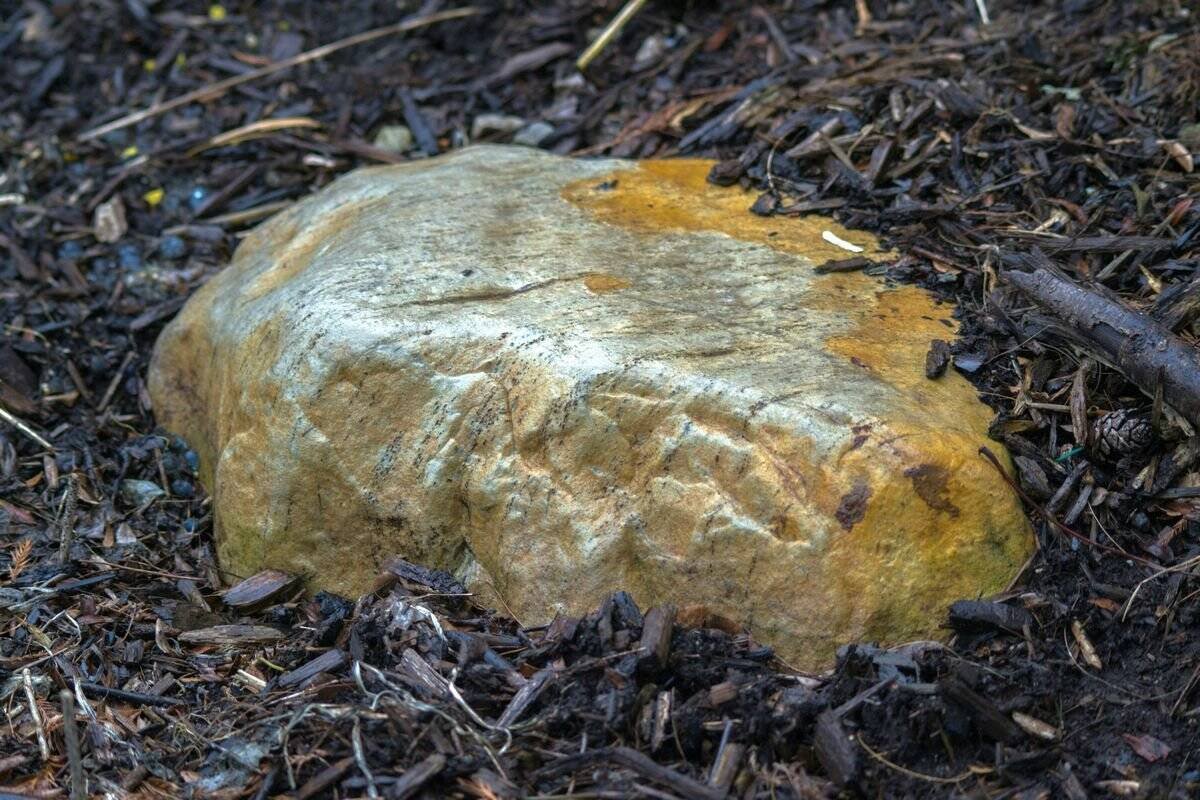
Snakes have to soak up heat from the sun. Flat rocks give them the perfect place to do just that. Look for rocks at least a foot across and put them where they’ll catch sun in the morning and afternoon.
Set the rocks flat on the ground so snakes can stretch out comfortably. Natural stone slabs, flagstone, or big river rocks all work. Darker rocks hold heat longer, which is even better.
Space the rocks out around your garden so snakes have options. Don’t cluster them all in one spot. Thicker rocks store heat better than thin ones, so go for something substantial if you can.
8. Include Native Grasses For Shelter And Hunting Grounds
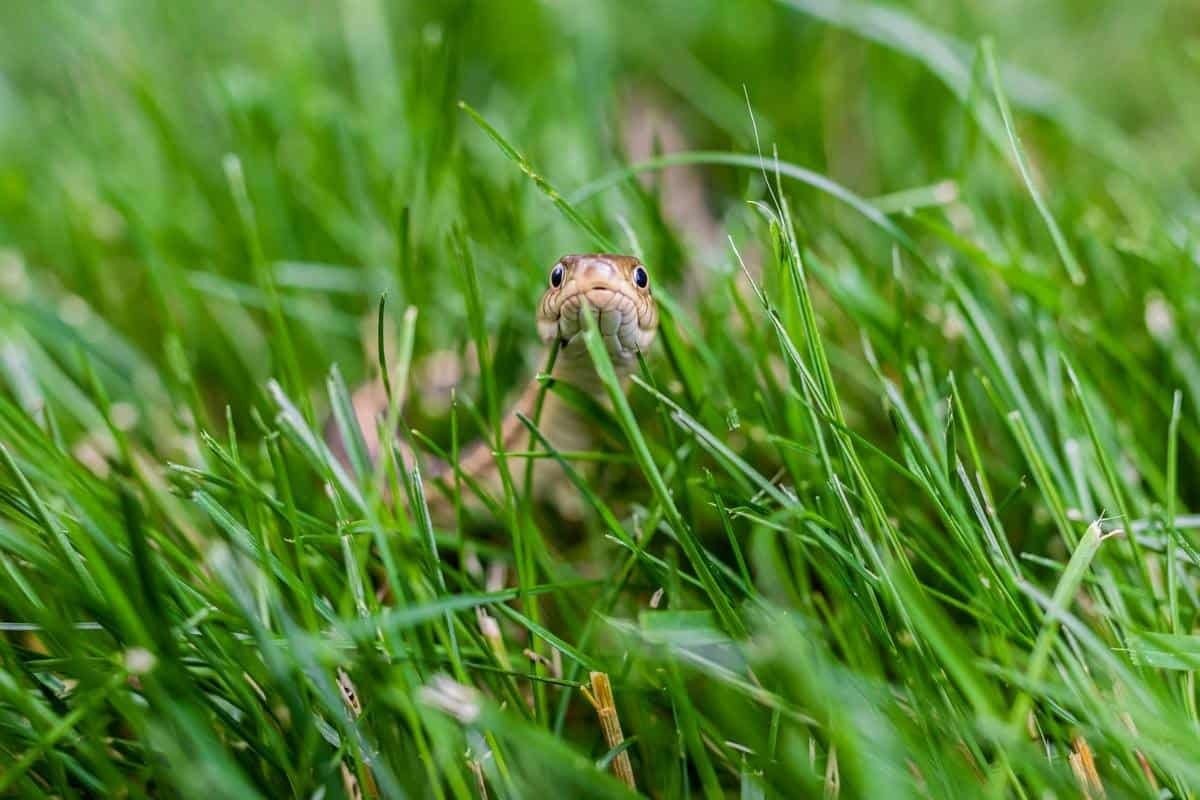
Native grasses offer snakes dense cover and hunting grounds. Plant warm-season types throughout your yard. They stay upright even in winter, giving snakes year-round shelter.
These grasses attract bugs and small critters, which means easy meals for snakes. Pick grasses that naturally grow in your area. They need less care and water, and local wildlife already knows how to use them.
Mix patches of different heights—some snakes like it short, others tall. Variety is key. Plant grasses near other snake-friendly features like rock piles or brush so snakes can move around safely. Native grasses also help birds and butterflies, turning your yard into a real wildlife haven.
9. Keep Garden Clutter Minimal But With Natural Hiding Spots
No one likes a junky yard, and neither do snakes. Get rid of old tarps, busted pots, and random trash. They don’t help snakes and just look messy.
Instead, add natural hiding places. Flat rocks in sunny spots, a neat stack of logs in a quiet corner. These blend in and give snakes what they need.
Keep brush piles small and tidy. A compact pile is better than random debris everywhere. Let a few wild patches of native plants grow. Snakes like a bit of wilderness, and it doesn’t have to look unkempt.
Try a simple rock wall or stone border for extra hiding places that still look planned. It’s all about balance—too much clutter turns snakes off, but too little cover and they won’t stick around. Stick to natural materials like rocks, logs, and plants for the best results.
10. Add Logs Or Wood Piles To Encourage Insects And Prey
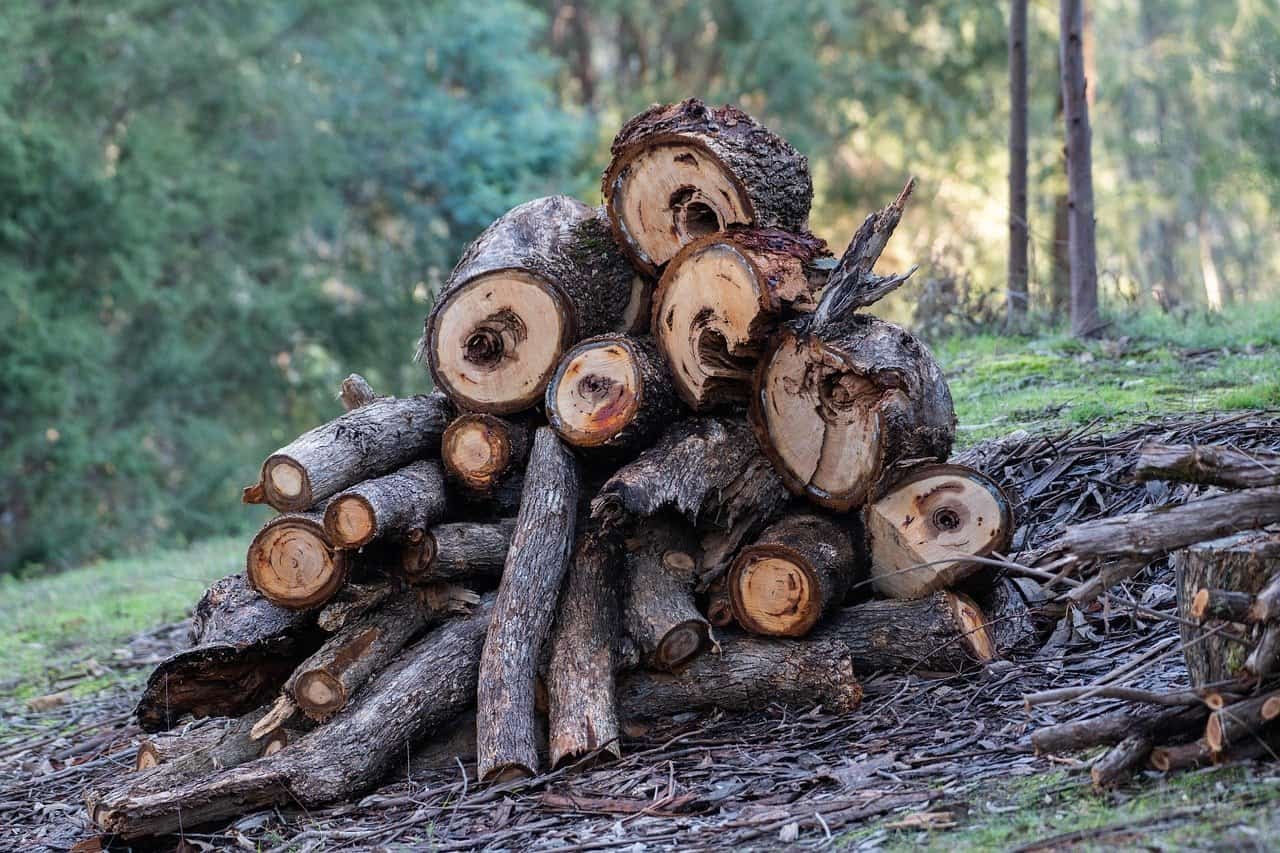
A log pile brings in food for snakes. Dead wood attracts beetles, woodlice, and all sorts of insects snakes love to eat. Bury a couple of longer logs for a sturdy base, then stack different sizes of logs, bark, and untreated wood on top.
Pick a quiet corner for your pile. As the wood decays, it becomes home to all kinds of small critters. Insects will move in, lay eggs, and multiply. Spiders and centipedes show up, too.
Your log pile turns into a buffet for snakes. They don’t have to go far to hunt. Dead wood also brings in fungi and moss, making the habitat even richer for insects and small animals.
Mix thick logs with thin branches and bark for the best variety. Over time, your pile will buzz with life and keep snakes coming back.
Understanding Snake-Friendly Ecosystems
Snakes like rat snakes and king snakes help keep pests in check and bring balance to your garden. These reptiles eat disease-carrying rodents and make plant environments healthier.
Common Beneficial Snake Species
- Rat snakes are excellent climbers that hunt rodents in trees and bushes. They usually grow 3-6 feet long and eat mice, rats, and bird eggs—things that could otherwise damage your plants.
- King snakes even eat other snakes, including venomous ones. They’re immune to a lot of snake venoms and also chow down on rodents.
- Garter snakes are small, harmless to people, and eat slugs, bugs, and little rodents that can mess up your garden beds.
- Sharp-tailed snakes focus on slugs and soft-bodied insects, usually hiding under rocks and logs during the day.
These species aren’t venomous and tend to avoid people. They do most of their hunting at night, when garden pests are out and about.
The Role Of Snakes In Garden Health
Snakes keep pest numbers down, no chemicals needed. A single snake can eat dozens of rodents in a year, saving your crops from damage.
They help control pests that spread disease, like mice and rats. These rodents can bring bacteria and viruses into your garden and even your home.
If you see snakes around, it’s usually a good sign. It means your garden has a healthy mix of species living together.
Snakes help keep any one pest from taking over, which makes your plants stronger and more resilient.
Maintaining A Safe And Balanced Garden
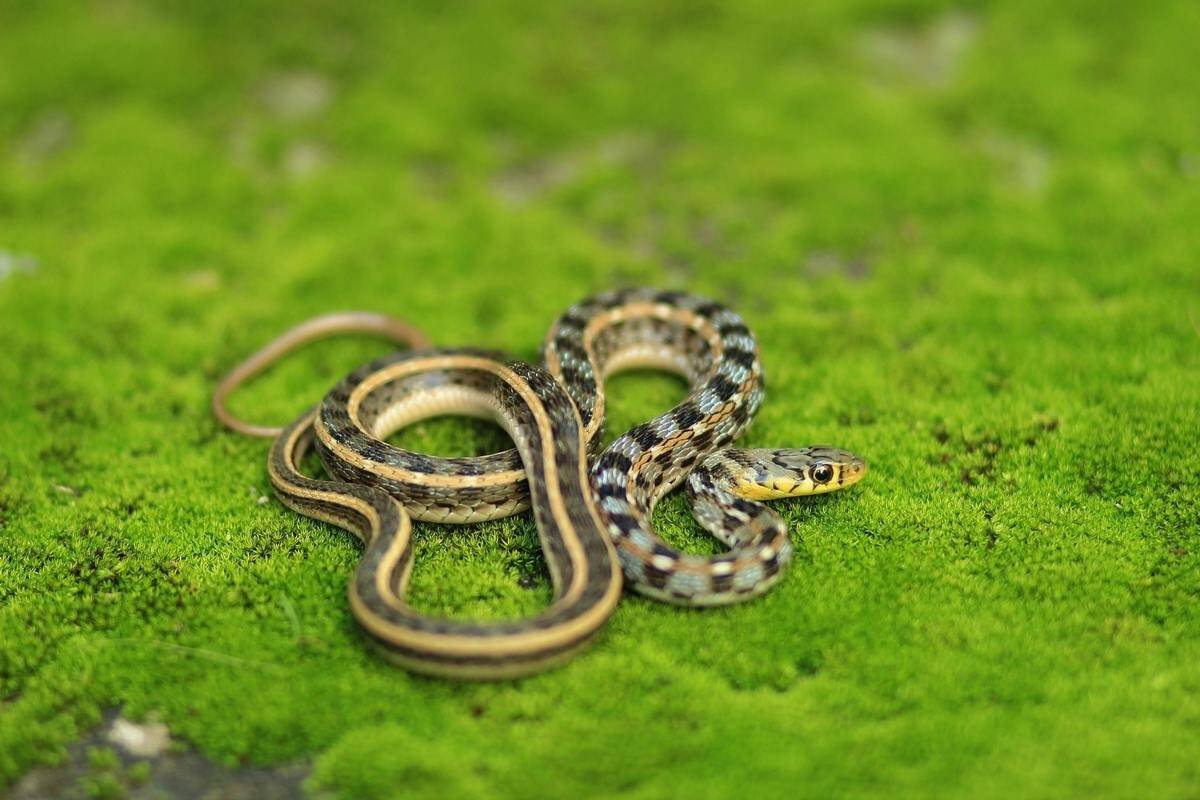
Trying to make your garden safe and welcoming for snakes means weighing the perks of wildlife against the need to protect your family. With a few basic habits, you can let snakes keep pests in check while keeping kids and pets out of trouble.
Safety Tips For Pet Owners And Children
Talk to your family about the kinds of snakes that live nearby before you try to attract them. Kids should know never to touch or chase any snake, no matter how small it looks.
Walk your pets on leashes through areas where snakes might hang out. Let’s be honest—dogs and cats get nosy, and that can end badly if they find a snake.
Lay out clear paths with gravel or just skip the mulch in some spots. You want to see what’s ahead, not get surprised by a snake hiding under leaves.
Put up motion-sensor lights where your kids like to play outside. Snakes tend to move around more at dusk, and decent lighting gives you a better shot at spotting them.
Stash your garden tools inside a shed instead of leaving them out. Snakes love hiding under rakes and buckets, and no one likes a jump scare while reaching for a shovel.
Teach kids to freeze and back away if they spot a snake. No running or yelling—just stop, then slowly step back. It’s simple, but it works.
Keep your phone close when you’re working in spots where snakes might show up. It’s just one less thing to worry about if you need help in a hurry.
Coexisting Peacefully With Local Wildlife
Stick with the good guys—garter snakes and other harmless types eat slugs and mice and don’t bother people if you leave them alone.
Set up some rock piles or brush stacks off to the side, away from where everyone walks. Snakes get their own hideouts, and you don’t get unwelcome surprises underfoot.
Take care of your snake habitat by mowing grass to around 3 inches in play zones, but let the wild corners stay a bit messier for the critters.
Get familiar with which snakes around you are venomous. Most aren’t, but it’s worth knowing what to look for so you can steer clear of trouble spots.
Make buffer zones between snake-friendly corners and the places where kids run around. A little distance goes a long way for everyone’s peace of mind.
Skip chemical pesticides. They can harm snakes and wipe out the bugs and rodents they eat. Supporting the whole ecosystem just works better in the long run.
Making A Snake-Friendly Garden: Conclusion
Making your garden more inviting for snakes actually has some pretty cool upsides. You get natural pest control, and at the same time, you’re giving a boost to local wildlife.
Some things to keep in mind:
- Snakes eat a lot of the bugs and rodents you probably don’t want around.
- They look for shelter, water, and a steady food supply.
- Native plants usually do the trick if you’re hoping to attract them.
With snakes around, your yard gets a little more balanced. They help keep mouse and rat numbers in check, and you won’t need to reach for harsh chemicals as often.
If this is all new to you, start small. Try adding just one or two features that snakes might appreciate. Once you see how it goes, you can always add more.
Most garden snakes are harmless and honestly pretty shy. They tend to disappear when people show up, so you probably won’t even notice them most days. They’re like quiet little garden assistants, working behind the scenes.
Some perks you might notice:
- Pests become less of a headache
- You use fewer pesticides
- More kinds of wildlife drop by
- Your garden just feels healthier overall
Your neighbors might raise an eyebrow or two. If they ask, share what you’ve picked up about how useful snakes can be. A lot of people just don’t realize they’re actually good for gardens.
Building a snake-friendly spot doesn’t happen overnight. Give it some time—eventually, those helpful critters will show up. And honestly, once they do, you might wonder why you didn’t try this sooner.
In the end, your garden will probably thank you for choosing a more natural way to handle pests.
Leave a Reply